
Khao San Road, Bangkok: from low-rent slum to ‘flashpacker’ central to counterculture relic – will gentrified party strip be saved by a revamp?
- Ask the Lonely Planet writer who helped make Khao San Road backpacker heaven, and he denies it’s the guidebook that ‘screws places up’
- But there’s no question a street once famous for its cheap rooms and tourist touts went upmarket as it became a trendy party zone. Still, what use is nostalgia?
The Khao San Road of 1992, when I first stayed there, looked very little like it does now, as the Bangkok tourist strip undergoes major renovation that is set to be completed in February.
Back then, the road was lined with ramshackle guest houses divided up into rooms with plywood walls, shared bathrooms and ceiling fans that cost around US$3 per night to rent.
Travel agents sold bus tickets and package tours for places like the Crocodile Farm and Floating Market, next to street vendors peddling knock-off music cassettes and fake university degrees. Besides shopping for cheap beachwear, the only entertainment on offer came from bars and restaurants that played Hollywood action films at night, or blasted out the same old cassettes of The Eagles and Creedence Clearwater Revival.
Some guest houses sold weed and heroin to the backpackers, many of whom were punks and hippies. Some bars stayed open 24/7. Plenty of foreign criminals, drug traffickers and illegal migrants lived in the area, staying one step ahead of the police, who conducted 4am raids in the guest houses to try to catch them.
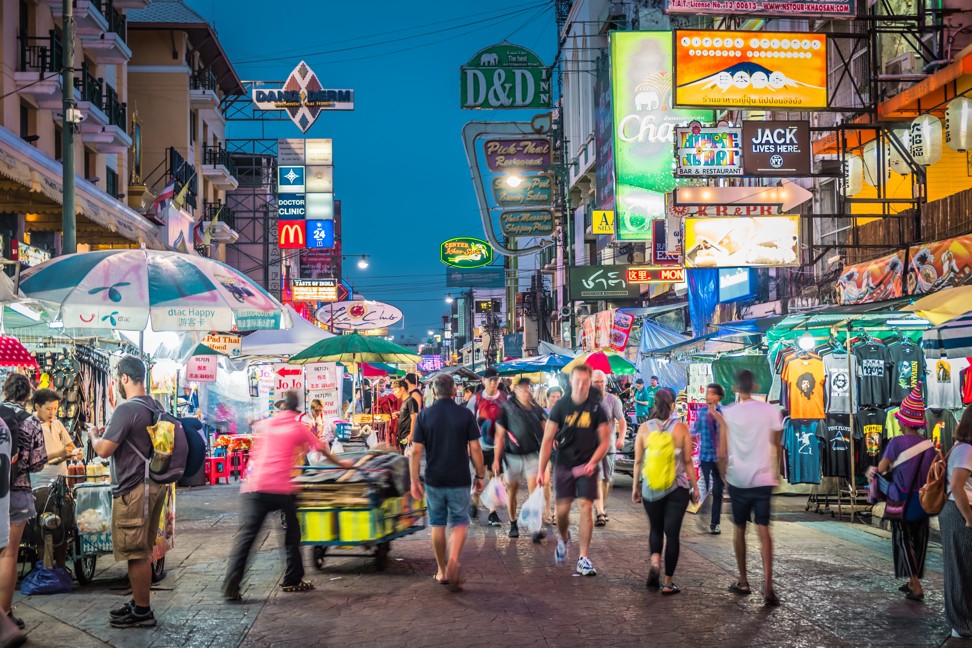
Locals scorned the strip as a “salum” – Thai slang for slum. By then, Khao San Road, once known for the rice mills which gave the road its name, was well on its way to becoming the starting point and finishing line for youthful excursions in Southeast Asia, thanks in no small part to the Lonely Planet guidebook.
Joe Cummings, the man who wrote and photographed the first Thailand edition in 1982, stumbled upon two old Chinese-style hotels in the area on a research trip and included them in it. When he returned to do updates for the next edition, both hotels were filled with backpackers, says Cummings. “And three small guest houses had opened to accommodate the others,” he says.
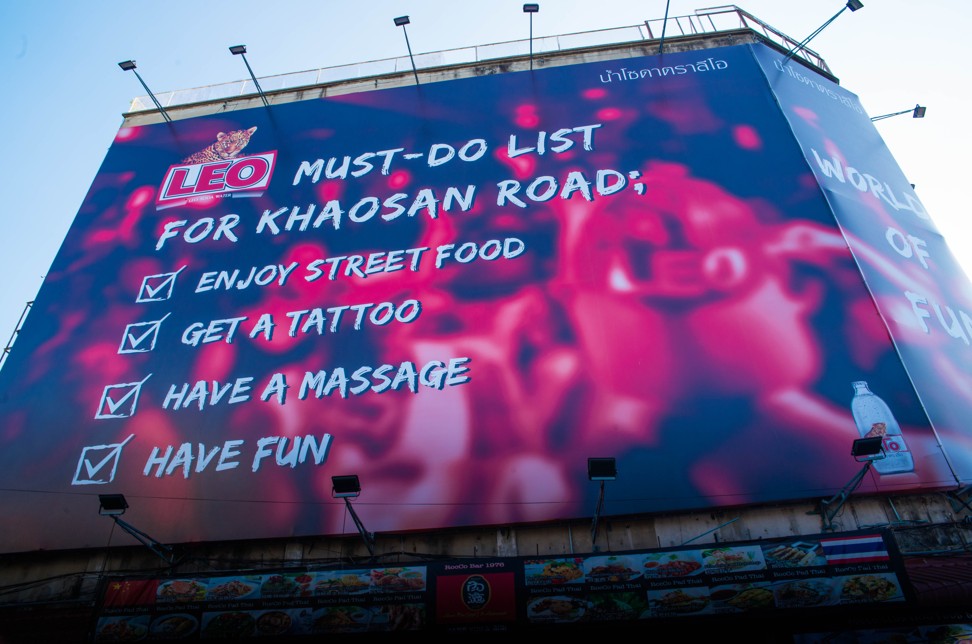
Alex Garland’s 1997 novel, The Beach, adapted into the film of the same name starring Leonardo DiCaprio and directed by Oscar-winner Danny Boyle, paved the way for a new surge of notoriety. The story starts in Khao San Road, when an older backpacker gives a younger traveller a map to a secret beach location. (Those scenes, and the beach sequences, were actually shot on the southern Thai island of Koh Phi Phi.)
Garland’s tale taps into a traveller’s fantasy of finding your own little patch of Eden, but the story derives its drama from depicting how paradise is blighted by human greed and ego. En route to the violent climax, Richard, the protagonist, and other travellers take some stabs at what used to be the backpacker’s bible, saying: “There’s no way you can keep it out of the Lonely Planet, and once that happens it’s countdown to doomsday.”
Cumming disagrees. “It’s not Lonely Planet that screws the places up, it’s the people carrying Lonely Planet guides,” he says. “In my experience tourists decide where to go first, then pick up a guidebook, which they then pay little attention to, following word of mouth from all the other travellers who are likewise not reading it.”
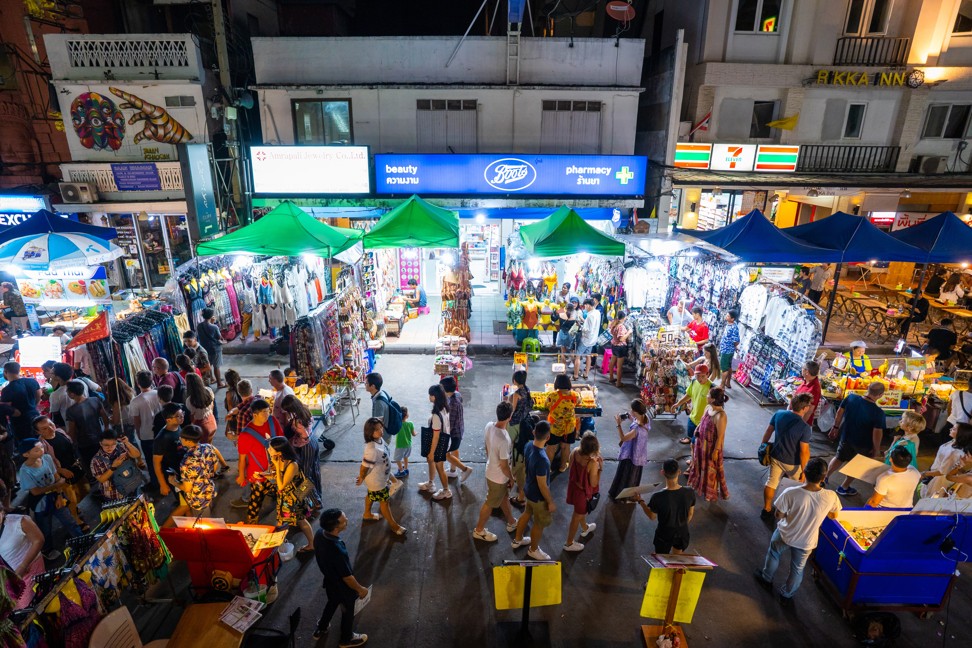
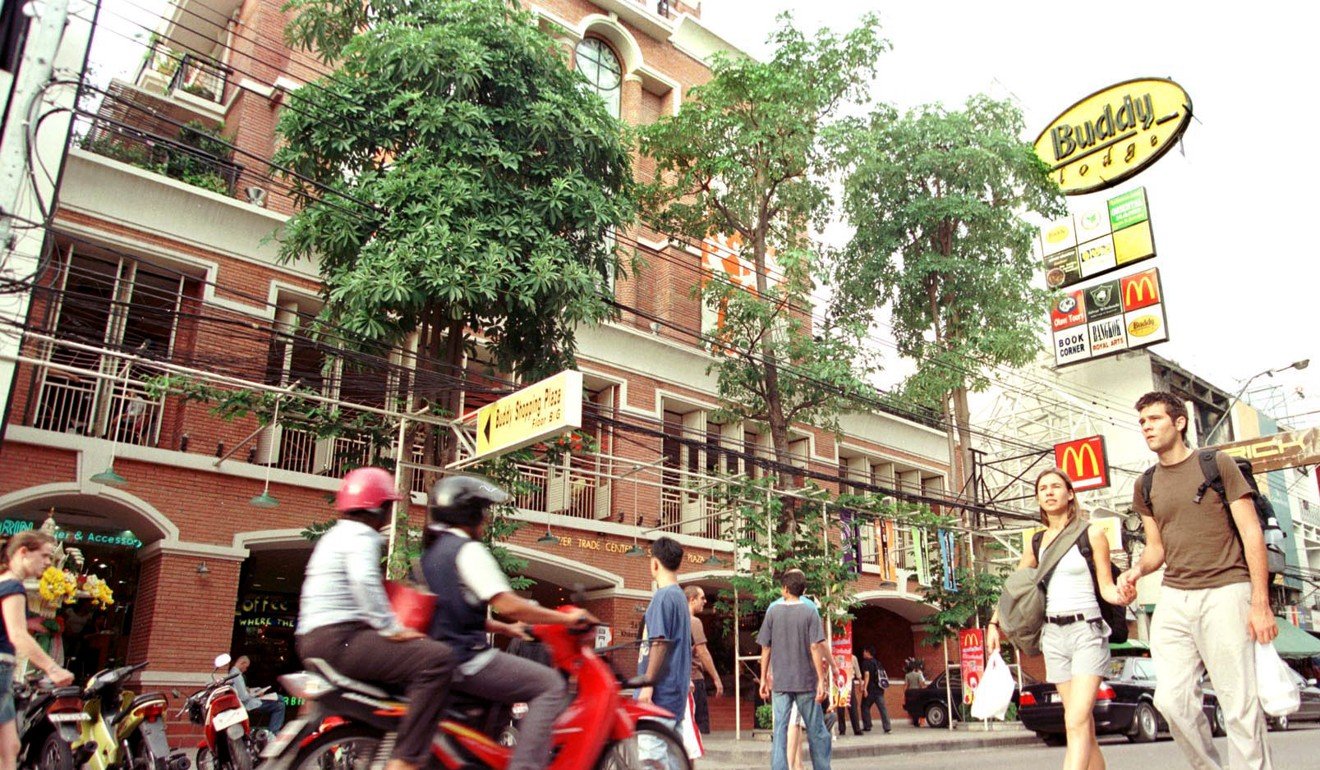
In 2001, I and two other expat journalists in Bangkok, Cameron Cooper and Bobby McBlain, started the first publication devoted to backpackers in Southeast Asia. Farang Magazine, with the sardonic subheading “You! You! You!” (which is how many Thai vendors hailed white foreigners back then) was headquartered only a few blocks from Khao San Road.
The magazine featured adventure travels on a shoestring budget, monthly reports about the rave parties on Koh Phangan, warnings about travel scams and red-light district rip-offs, a Sex and the City-style column called “The Khao San Stalker”, written by an expat female, about hooking up on the strip with backpackers, as well as “Room 101”, a column I wrote about crime and the occult in Thailand that later morphed into the book Bizarre Thailand. The back of the magazine was devoted to listings of restaurants, bars and guest houses in Thailand, Laos and Cambodia.
Many of the magazine’s rough edges had been sanded down when we rebranded it as Farang Untamed Travel magazine some four years later, partly in an attempt to cater to a new breed of young nomad, “the flashpacker”.
The evolution had begun even by the time we started Farang magazine in 2001. The pioneering explorer spirit of the late 1980s and early ’90s was pretty much gone
Staying at all the new boutique hotels in and around Khao San Road, eating at the first McDonald’s and Burger King, while shopping for cosmetics and medicine at the first Boots pharmacy, these well-heeled travellers used the road as both a landing strip and a launching pad for their travels.
This included trekking and sightseeing in northern Thailand, hopping a bus bound for Siem Reap to visit Angkor Wat, or heading south for the sun-glazed beaches and debauchery at the Full Moon Party.
“The changes [in the backpacker scene] were more gradual than sudden,” says Cooper. “The evolution had begun even by the time we started Farang magazine in 2001. The pioneering explorer spirit of the late 1980s and early ’90s was pretty much gone. The Lonely Planet and Farang Magazine listings in the end became a set of suggestions for what had become little more than a box-ticking package tour.”
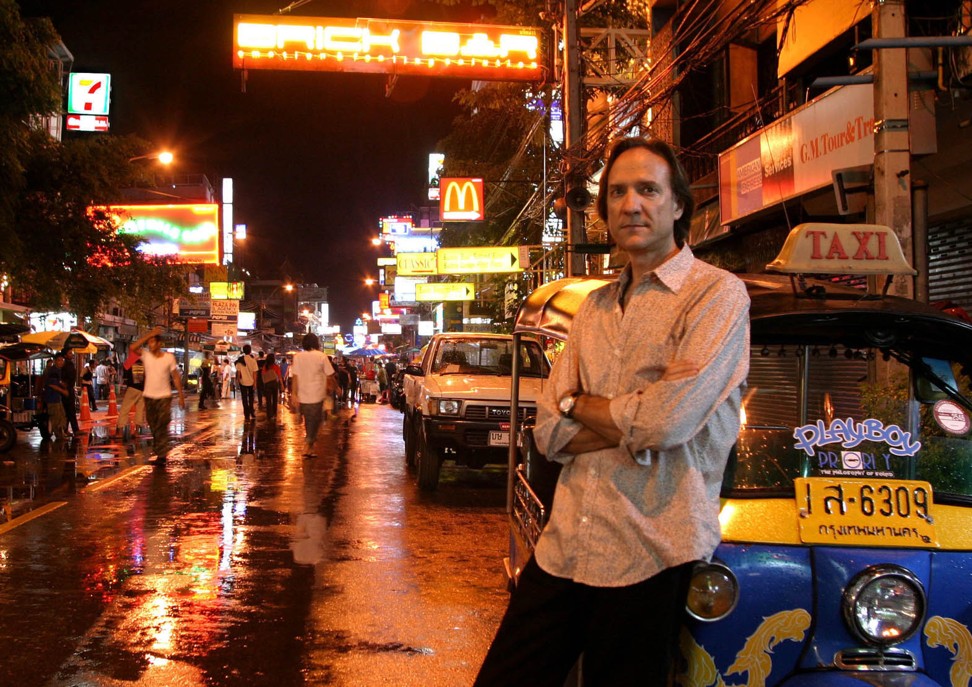
Gone were the days of young travellers carrying around a Lonely Planet guidebook in one hand and a bottle of water in the other. The gap-year kids now had smartphones and travel apps. Many quit using buses in favour of flying on budget airlines.
If anything, the young revellers drinking and dancing in Khao San Road to a cacophony of EDM tunes blaring from different bars reminded me of Spring Break in Florida, where American college kids let their hair down and inhibitions run wild, with some fried scorpions and roving vendors dressed in hill-tribe regalia supplying a few daubs of local colour.
I’m staying here for my first visit, and it’s a lot of fun. But when I come back through in a few months I’ll stay at one of the newer hostels in Chinatown. That is where the backpackers are going now.
A US$1.6 million plan to make Khao San Road more pedestrian-friendly and upscale by improving the pavements and regulating the number of street vendors is under way. Authorities hope to complete the transformation by February 2020.
Most at risk are the vendors selling trinkets, clothes and foodstuffs. Under the city’s new plan, the number of vendors will be limited to 240, working in designated zones, with operating hours from 9am and 9pm.
Many vendors are still not sure how this will play out. “The city tried to limit the number of vendors in 2018, but we defied the ban and continued working,” says one Thai lady, who asked not to be named for fear of reprisals. “So it’s anyone’s guess as to what will happen this time.”
Some travel bloggers are griping that the strip’s freewheeling nature will be hobbled by the new rules and red tape. Among older travellers, that is a common refrain. “You should have seen this place 15 or 20 year ago,” they say – but that is also their youth and nostalgia talking.
The new arrivals descending on a Khao San Road which is cleaner, safer and more multicultural than ever before do not have the past to wallow in.
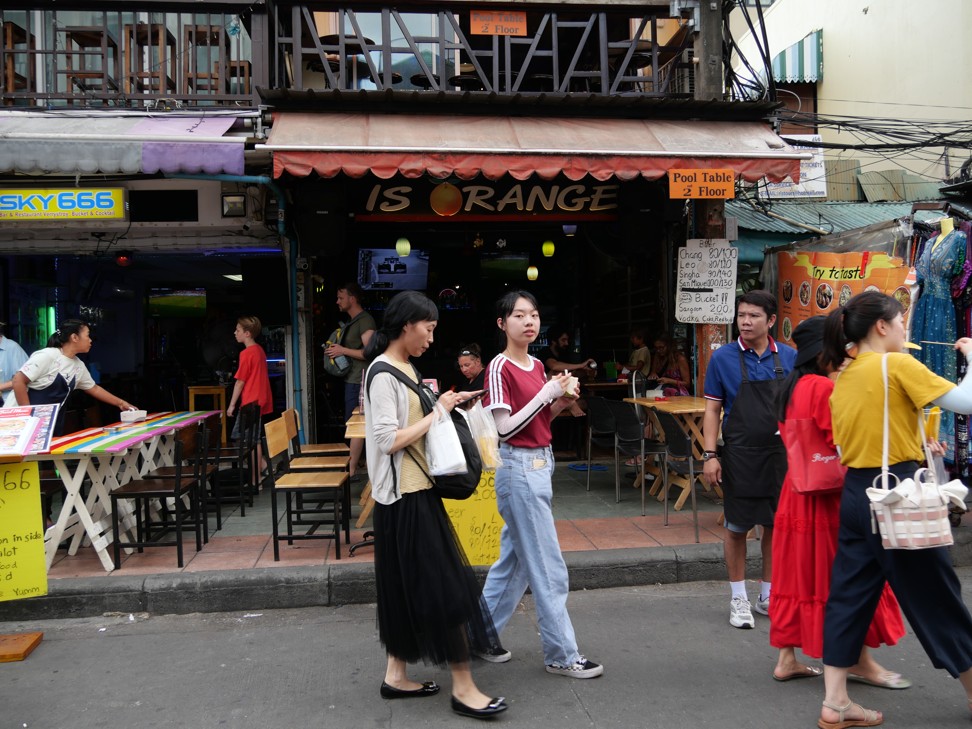
“I’m staying here for my first visit, and it’s a lot of fun,” says Mary Krofts, a 22-year-old backpacker from Chicago. “But when I come back through in a few months I’ll stay at one of the newer hostels in Chinatown. That is where the backpackers are going now.”
